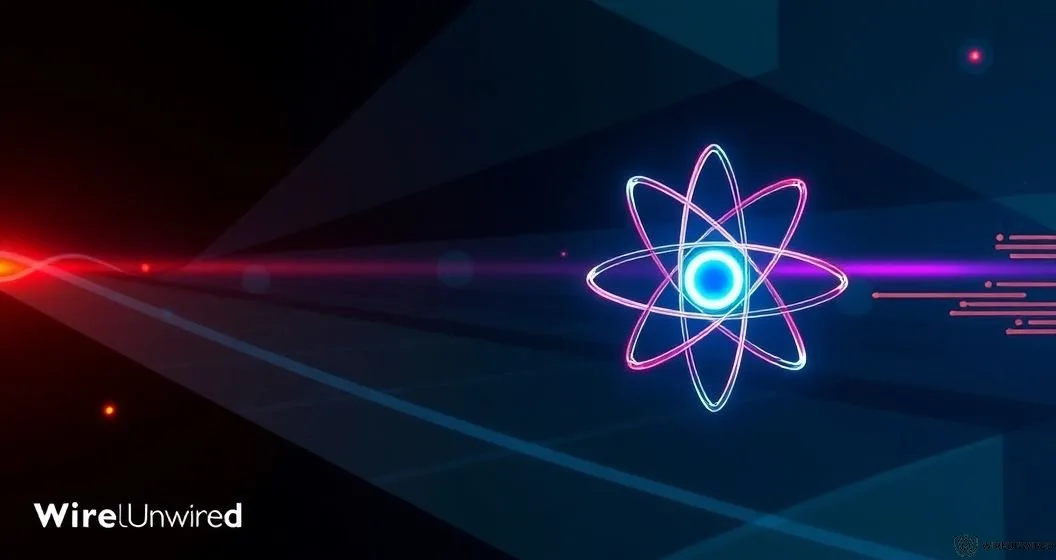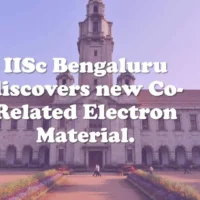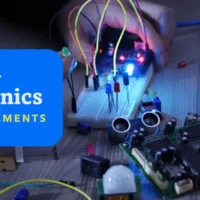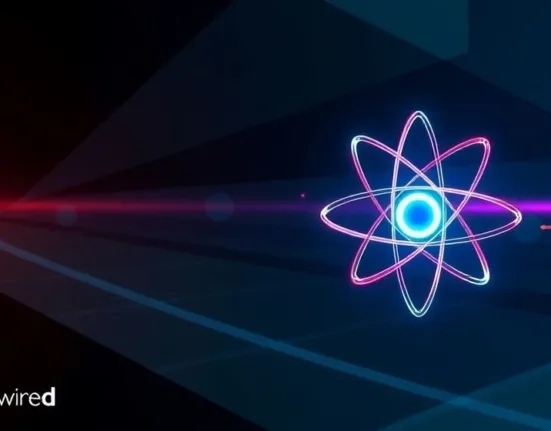Australian Quantum Computing Engineers Achieve Long-Distance Atom Entanglement in Silicon Chips
- by Priyadarshan
- 1 October 2025
- 2 minutes read

In a breakthrough that could redefine the future of computing, researchers at UNSW Sydney have successfully entangled the nuclear spins of phosphorus atoms implanted in silicon chips. This achievement, published this week, marks a pivotal advance toward scalable quantum computing and brings the vision of noise-resistant, manufacturable quantum processors much closer to reality.
The Science Behind the Breakthrough
Quantum computing, long considered the next frontier in information technology, leverages the strange properties of quantum mechanics. Unlike traditional bits, which are either 0 or 1, qubits can exist in multiple states simultaneously, exponentially increasing computing power for certain tasks. However, reliably connecting qubits over practical distances on a silicon chip has remained a major technical challenge.
The UNSW team addressed this by using electron exchange as a bridge to entangle the nuclear spins of phosphorus atoms embedded in silicon. This approach enables robust, long-distance quantum communication between qubits, effectively letting them “talk” across the chip—much like a phone call connects people separated by miles. The entanglement is both strong and resistant to environmental noise, a key requirement for building practical quantum computers.
Why Silicon Matters: Compatibility and Scale
What sets this achievement apart is its compatibility with existing silicon chip manufacturing. By building on the semiconductor industry’s decades of expertise, the UNSW researchers have paved a direct path toward industrial-scale quantum processors. As noted by Scienmag, this means millions of qubits could eventually be integrated onto a single chip, a leap beyond the fewer-than-100 qubits managed in today’s leading designs.
This new approach also sidesteps the need for exotic materials or impractical setups. With the potential for mass manufacturing, quantum computing could move from specialized labs to mainstream technology infrastructure, impacting everything from cryptography to drug discovery and beyond.
Industry and Public Reaction
The announcement has been widely praised in both the scientific and technology communities, especially in Australia. Experts point out that demonstrating long-distance entanglement in silicon—a material at the heart of modern electronics—removes a major barrier to real-world deployment. According to UNSW Newsroom, startups like Diraq, spun out from UNSW’s quantum program, are already showing that these chips can be produced with high accuracy in industrial settings.
Public commentary is overwhelmingly positive, with many expressing excitement about the possibilities for secure communications, advanced computation, and new industries. For readers interested in following this rapidly evolving field, or connecting with other quantum tech enthusiasts, consider joining our WhatsApp community.
What’s Next for Quantum Computing?
Looking ahead, the focus will be on scaling up this technique and integrating more qubits onto chips without sacrificing reliability. As Diraq and other Australian quantum startups continue to receive global attention and awards, the pace of innovation in quantum hardware is set to accelerate. With foundational hurdles now cleared, silicon-based quantum computers are no longer a distant dream—they are fast becoming a tangible part of our technological future.
Discover more from WireUnwired Research
Subscribe to get the latest posts sent to your email.









